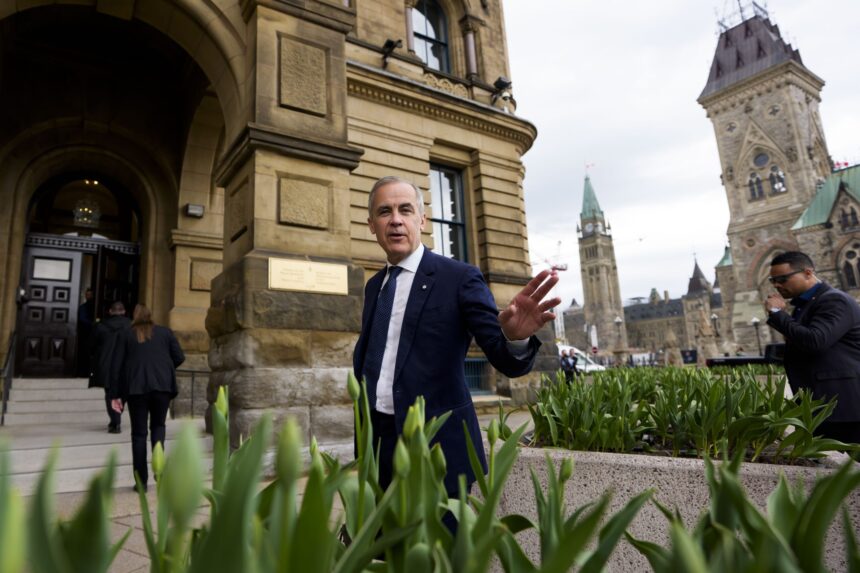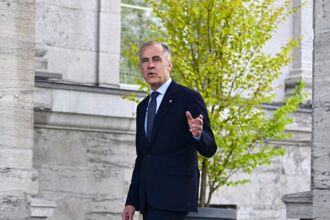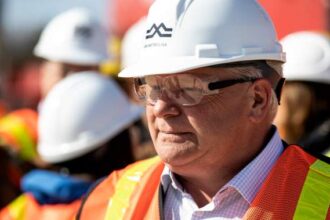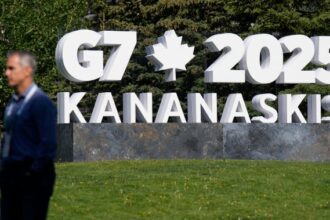In a move signaling both continuity and strategic calculation, Prime Minister Mark Carney has confirmed that key architects of Liberal political machinery will remain central figures in the Prime Minister’s Office. Katie Telford, the long-serving Chief of Staff under former Prime Minister Justin Trudeau, will be departing, but other influential power brokers are staying put.
Jeremy Broadhurst, Carney’s campaign director who masterfully engineered the Liberals’ electoral victory, has declined a permanent position in the PMO, opting instead to return to private consulting after shepherding the transition period. His departure creates space for a critical reconfiguration of power dynamics within Carney’s inner circle.
“The retention of seasoned political operatives alongside fresh talent signals Carney’s dual priorities of maintaining institutional knowledge while implementing his distinct vision,” notes Dr. Elizabeth Goodyear-Grant, political science professor at Queen’s University.
Most notably, Katie Telford’s longtime deputy Jeremy Pitfield has been appointed Principal Secretary, while Cameron Ahmad steps into the role of Chief of Staff. These appointments preserve significant institutional memory within the PMO structure while allowing Carney to gradually reshape the office.
Alex Marland, a prominent scholar of Canadian political communication, observes that “these staffing decisions reflect careful balancing between rewarding campaign loyalty and maintaining operational continuity in government machinery.”
The communications apparatus remains largely intact, with Trudeau-era spokesperson Alex Wellstead continuing as Carney’s Director of Communications. Meanwhile, Matt Stickney transitions from campaign operations to become Deputy Chief of Staff for Operations.
Perhaps most telling is the retention of Alex Caley as Issues Management Director, a position requiring intimate knowledge of policy vulnerabilities and political land mines. Caley’s continued presence suggests Carney values the strategic defensive capabilities that protected the previous administration.
Behind the scenes, these appointments represent delicate coalition-building within Liberal circles. Carney, who entered politics with impressive financial credentials but limited partisan experience, appears to have recognized the necessity of maintaining connections to established Liberal networks while gradually assembling his own team.
“The PMO is the nerve center of federal governance,” explains Penny Collenette, former Liberal party national director. “Carney’s approach demonstrates political maturity—acknowledging what he doesn’t know while positioning trusted advisors in critical roles.”
For Canadians watching these early decisions, the staffing choices offer insights into Carney’s governing philosophy. By maintaining key personnel from the Trudeau era while introducing select new faces, he signals policy continuity in certain areas while creating openings for potential shifts in others.
As Parliament prepares to convene under new leadership, questions remain about how these personnel decisions will translate into governance priorities. Will Carney’s PMO, staffed substantially by Trudeau-era veterans, pursue truly distinct policy directions, or will institutional continuity lead to more incremental changes than promised during the campaign?
The coming months will reveal whether these appointments represent merely transitional pragmatism or signal deeper continuity between the Trudeau and Carney eras of Canadian liberalism.


















